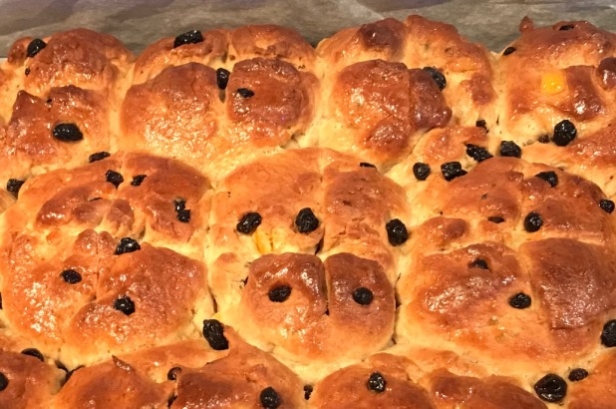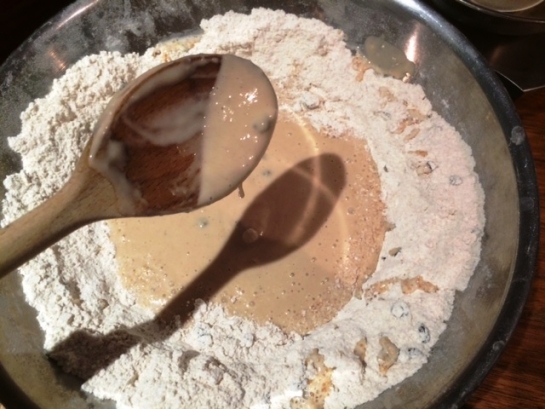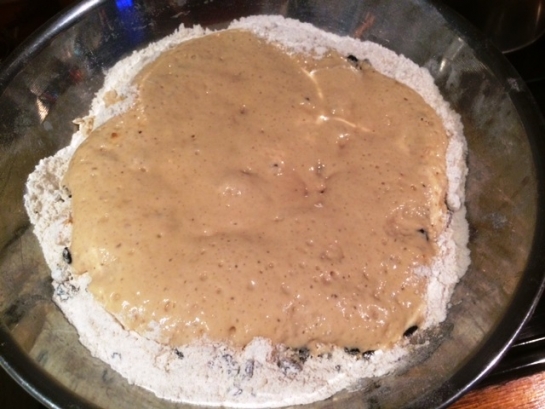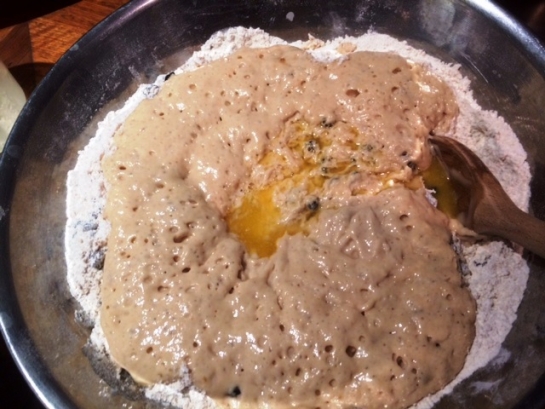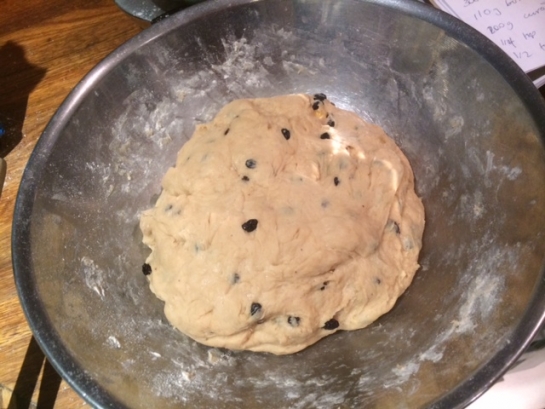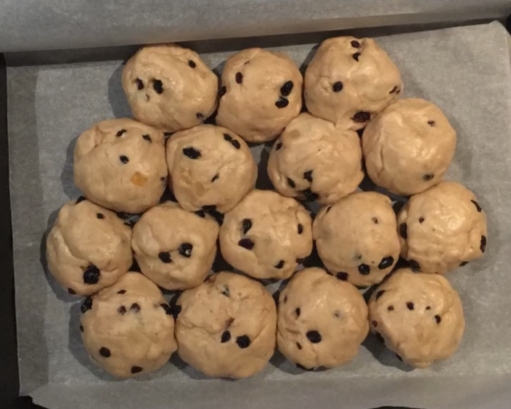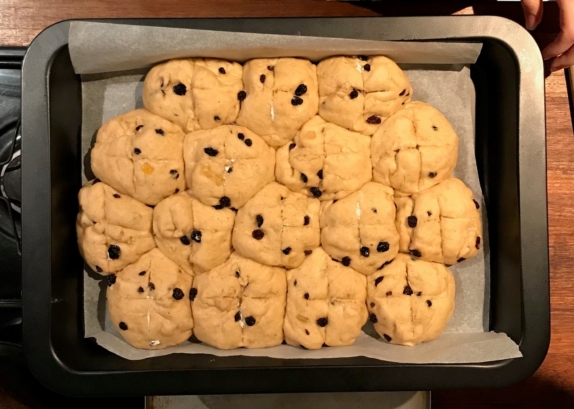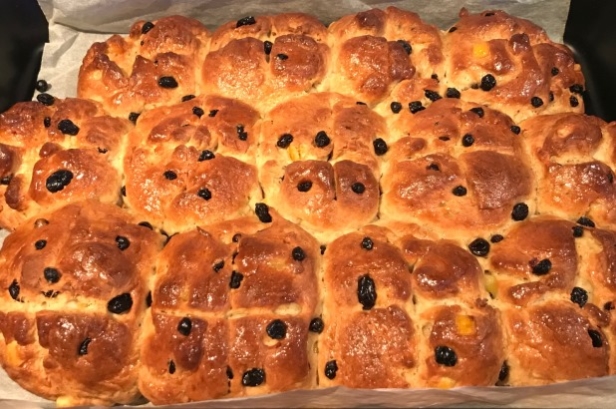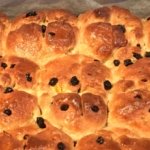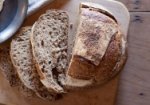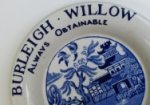In readiness for our fun family Easter Trails we’ve been investigating Easter traditions over time, including, of course, Hot Cross Buns.
One a penny, buns; Two a penny, buns;
One a penny, two a penny, Hot cross buns
With the benefit of Trove, a searchable (and invaluable!) archive of Australian newspapers provided by the National Library (NLA), it has been interesting to find celebrated food traditions discussed in Easter-time articles. All make the point that these traditions have transcended time and cultures, most of them pre-Christian and even pagan or heathen in origin.
They include Simnel cakes, which we discussed in a past post and Tansy cakes, a kind of spinach pie made with bitter greens bound with eggs and ground almonds, with honey added to neutralise the bitter flavour. Both are now obscure in our Easter repertoire. More enduring are Easter eggs which were until relatively recently, real eggs, hard boiled and decorated which children would play with, rolling them in ‘boules’-style competitions with their friends, and of course Hot Cross buns.
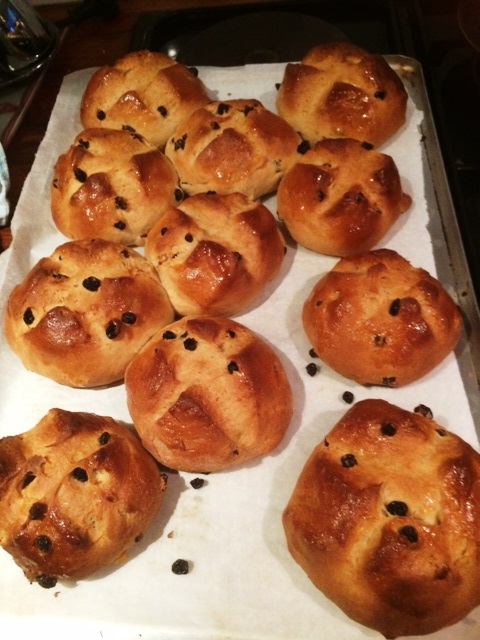
Mrs Beeton’s Hot Cross Buns glazed and ready to serve. Photo © Jacqui Newling for Sydney Living Museums
Old tradition, modern tastes
According to the Queensland Times in 1936, however, the traditional Easter bun was ‘not now quite so popular as it was even a decade ago‘. That seems hard to believe now, when they seem to appear on supermarket shelves the day after Christmas or in bakeries that run them all through the year in place of the conventional, plainly finished fruit bun. Even in 1902, it was lamented that
‘The buns of the present day are not like the buns of our youth. They lack the spice, the crispness, and everything else to which our tender palates were accustomed’ [1]
Despite one newspaper’s claim in 1936, that ‘Enshrined by traditions like a gem in a finely-wrought setting … [throughout] the changing ages Easter has never allowed itself to become “modernised“.[2] Can this be so, in 2016? Not only have chocolate eggs become the norm – a late 19th century innovation, but Hot Cross buns are now available studded with chocolate rather than dried fruit, and there are totally fruitless versions, being merely a sugar-and-spice bun, marked with a flour-paste cross on top… where’s the tradition in that?
If at first you don’t succeed …
As a family we’re often away at Easter, so I’ve never taken the opportunity to make my own Hot Cross buns. This year, however, I decided I should try out an old recipe for curiosity’s sake. Unable to find a mention of them in my favourite C19th century cookbooks – by Maria Rundell or Eliza Acton – I turned to Mrs Beeton’s ‘Book of household management’ from 1861. While she didn’t have a dedicated recipe for them, a footnote to her ‘Plain Buns’ recipe says that, with currants and candied peel added to the ingredients list, ‘the mixture answers for hot cross buns, by putting in a little ground allspice; and by pressing a tin mould in the form of a cross in the centre of each bun.’ The addition of spice is important, harking back to times when spices were an expensive luxury and reserved for special occasions, and what distinguished a ‘plain’ cake or pudding from a ‘rich’ one. Mrs Beeton had a definite leaning towards allspice but the more traditional English-style ‘mixed spice’ is the accepted fruit bun flavour we expect today. [3]
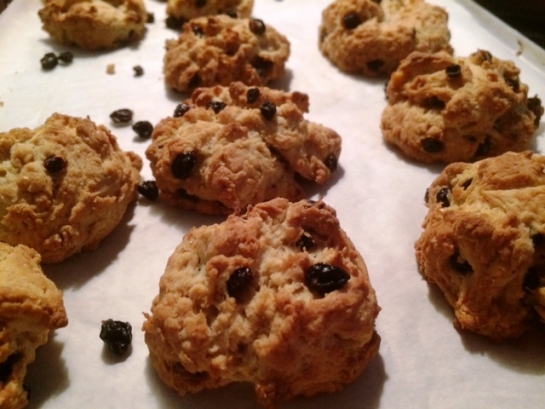
First failed attempt at Mrs Beeton’s hot cross buns. Photo © Jacqui Newling for Sydney Living Museums
I tried the recipe but my buns were more like rock cakes. It produced a very dry dough, brought about perhaps by messing up the yeast application, which was doubtful in itself: ‘1/2 gill of yeast’ doesn’t equate to the way we buy yeast now – dried in sachets or in a Plasticine-like block.
… try, and try again
Before making a second attempt, I scoured more cookbooks for clues to guide me through the fermenting process. A later, turn-of-the-century Mrs Beeton’s ‘All about cookery’ volume features Buns, Hot Cross recipe made more sense, following the same procedure as the 1861 version but double the volume of warmed milk, into which the yeast is added. I took the plunge, and was pleased with the result – not as soft and bread-like as the (dare I say pappy?!) commercially made varieties, having a pleasant ‘toothsomeness’ about them. I also prefer the simple cut-through cross on the top of the bun rather than the flour paste addition, of which I’ve never been a fan. Perhaps you’d like to give them a go and let us know how you get on… and if you’re unsure about the yeast process, step by step images below.
Hot cross buns, Mrs Beeton’s way
Ingredients
- 450g (2.5 cups) plain flour, sifted
- 100g (scant 1/2 cup) soft brown sugar
- 1/2 cup currants
- 3 tablespoons mixed peel
- 1 teaspoon mixed spice or ground allspice
- pinch salt
- 7g (1 sachet) dried yeast
- 250ml (1 cup) milk, warmed
- 110g butter, melted
- 2 tablespoons sugar, for glaze
Note
Hot cross buns are traditionally served on a Good Friday. This recipe is based on Mrs Beeton's original recipe, published in 1861, which used allspice, and a later turn-of-the-century version which uses the now accepted English-style mixed spice blend.
Directions
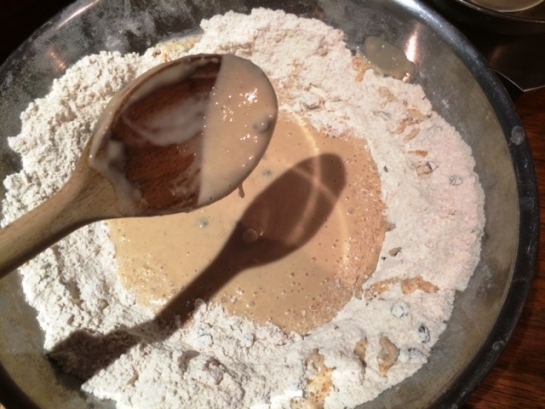
Stirring in the yeast. © Jacqui Newling for Sydney Living Museums
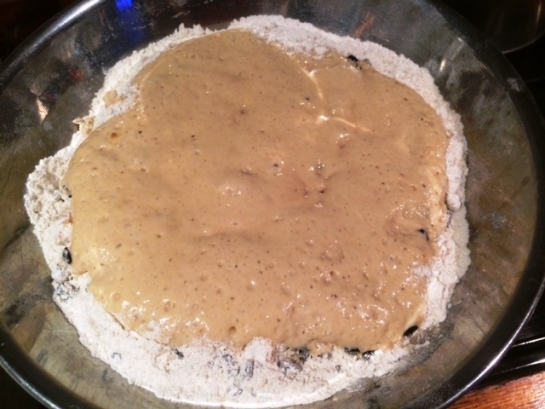
Active fermenting from the yeast. Photo © Jacqui Newling for Sydney Living Museums
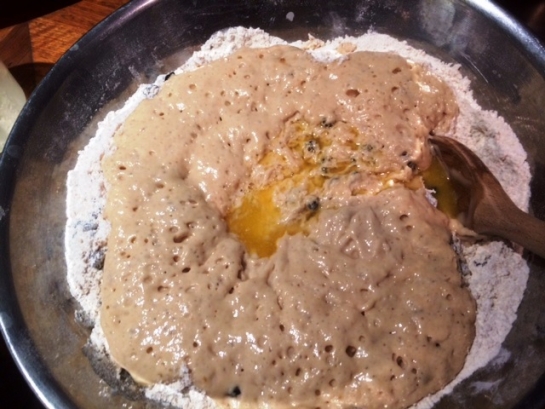
Stirring in the butter and the fermented mixture. Photo © Jacqui Newling for Sydney Living Museums
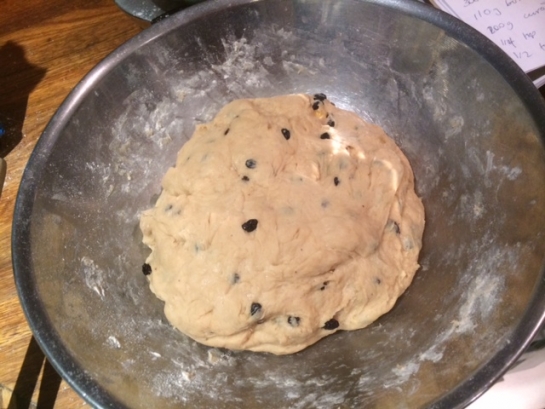
The kneaded dough. Photo © Jacqui Newling for Sydney Living Museums
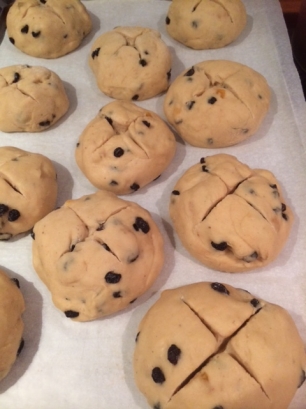
Ready for the oven. Photo © Jacqui Newling for Sydney Living Museums
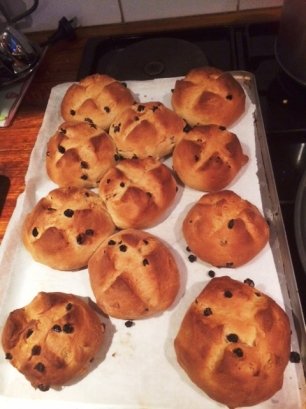
Fresh from the oven. Photo © Jacqui Newling for Sydney Living Museums
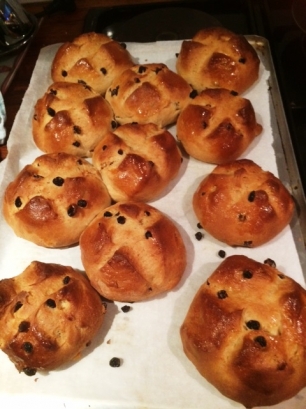
Mrs Beeton’s Hot Cross Buns glazed and ready to serve. Photo © Jacqui Newling for Sydney Living Museums
Notes
[1] Queensland Figaro, Wednesday march 26, 1902, p.16.
[2] Queensland Times (Ipswich). Sunday April 11, 1936, p.8.
[3] Allspice is a ‘New World’ spice sometimes known as pimento or Jamaican pepper – and the subject of a future series we’re planning for this blog this year – watch this space!
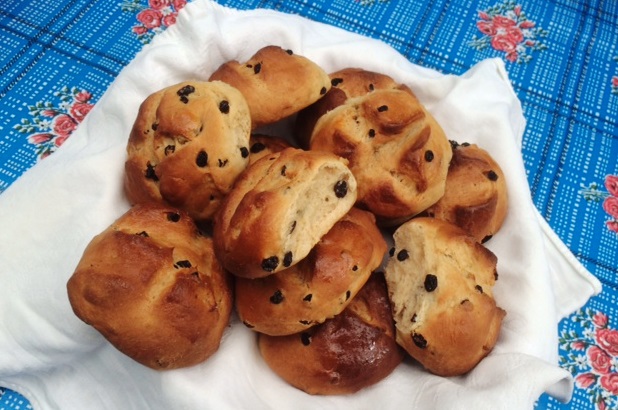
 Print recipe
Print recipe